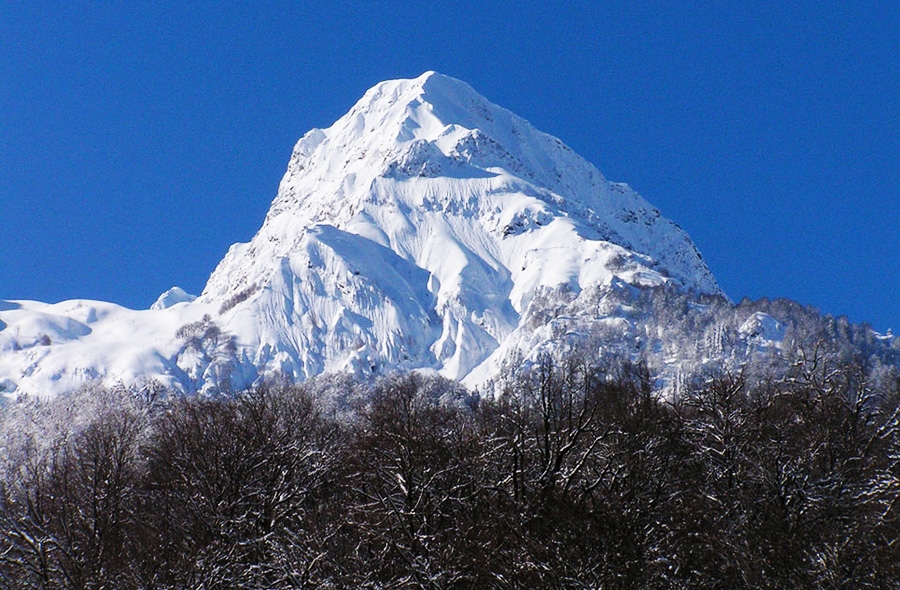
The 2014 Olympic Winter Games marked a historic moment as the Russian Federation hosted the Winter Games for the first time. This monumental event followed the Soviet Union’s hosting of the 1980 Summer Games in Moscow, showcasing Russia’s enduring legacy in the realm of international sports and athletic excellence.
The Games were meticulously organized into two distinct clusters, each offering a unique and spectacular backdrop for world-class sporting events. The coastal cluster, situated in the vibrant city of Sochi, served as the hub for ice events, including figure skating, ice hockey, and speed skating. Here, athletes competed against the stunning backdrop of the Black Sea, adding a touch of maritime charm to the winter sports festivities.
On the other hand, the mountain cluster was nestled in the picturesque Krasnaya Polyana Mountains, providing a dramatic setting for snow-centric disciplines such as alpine skiing, snowboarding, and ski jumping. The snow-covered peaks and pristine slopes offered a thrilling playground for athletes and spectators alike, combining the adrenaline of winter sports with the natural beauty of Russia’s mountainous landscapes.
What set the 2014 Olympic Winter Games apart was the seamless integration of Russian culture and heritage into the sporting extravaganza. Spectators had the opportunity to immerse themselves in the rich tapestry of Russian traditions, from folk music performances to traditional cuisine showcasing the country’s culinary diversity.
For attendees, the Games offered a once-in-a-lifetime experience, combining the thrill of world-class sport with the allure of Russian culture and hospitality. It was a celebration of athleticism, camaraderie, and the indomitable spirit of human achievement against the breathtaking backdrop of Russia’s natural wonders.


